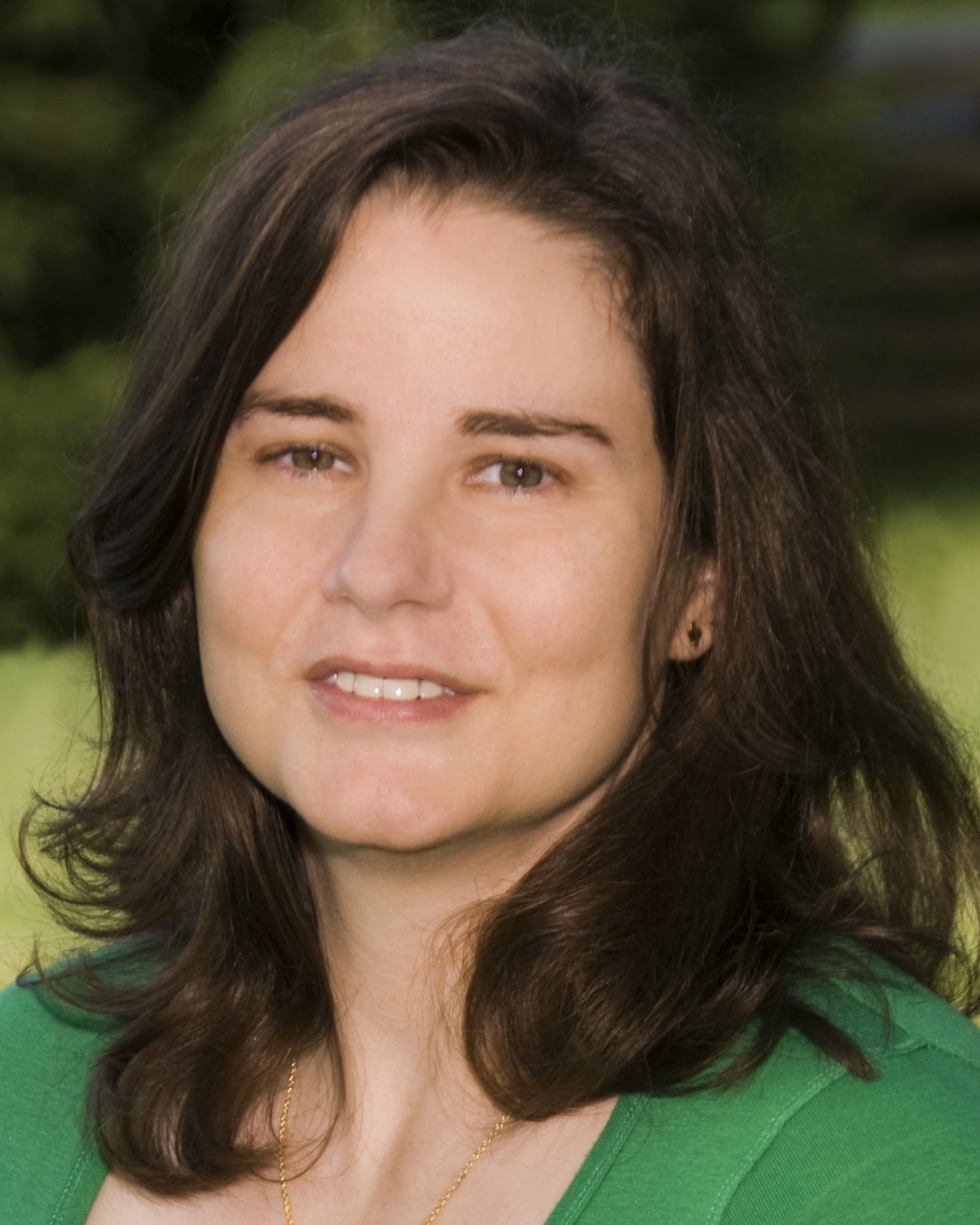 Amy Deardon is a scientist and skeptic who came to faith under protest after studying the historic circumstances surrounding the death of Jesus. After having written research articles, a newspaper column, and other nonfiction, she decided to write a novel. She was surprised by how difficult it was to get the words down, so she undertook a detailed study to better understand how story works.
Amy Deardon is a scientist and skeptic who came to faith under protest after studying the historic circumstances surrounding the death of Jesus. After having written research articles, a newspaper column, and other nonfiction, she decided to write a novel. She was surprised by how difficult it was to get the words down, so she undertook a detailed study to better understand how story works.
Through her research, Amy has developed an algorithm, which she explains in her new non-fiction book, The Story Template: Conquer Writer’s Block Using the Universal Structure of Story.
In this right- vs. left-brain world you seem to be able to switch back and forth. After a career in science, what sparked your interest in writing?
I always dreamt of writing stories. As a kid I was the class nerd—I read a book a day, and hid in the corner to get away from everyone. In the Myers Briggs personality test, I test between the Thinking (left brain) and the Feeling (right brain) axes, so easily straddle these areas. I consider myself fortunate to be able to study something analytically, and yet also understand the flow and feeling beneath.
How does your faith play into your writing?
Everything I produce I would like to be Soli Deo Gloria—only to the glory of God. My current book is secular (how-to writing) so I can’t be quite as explicit with my faith but hope to drop some mental stones in people’s mental shoes.
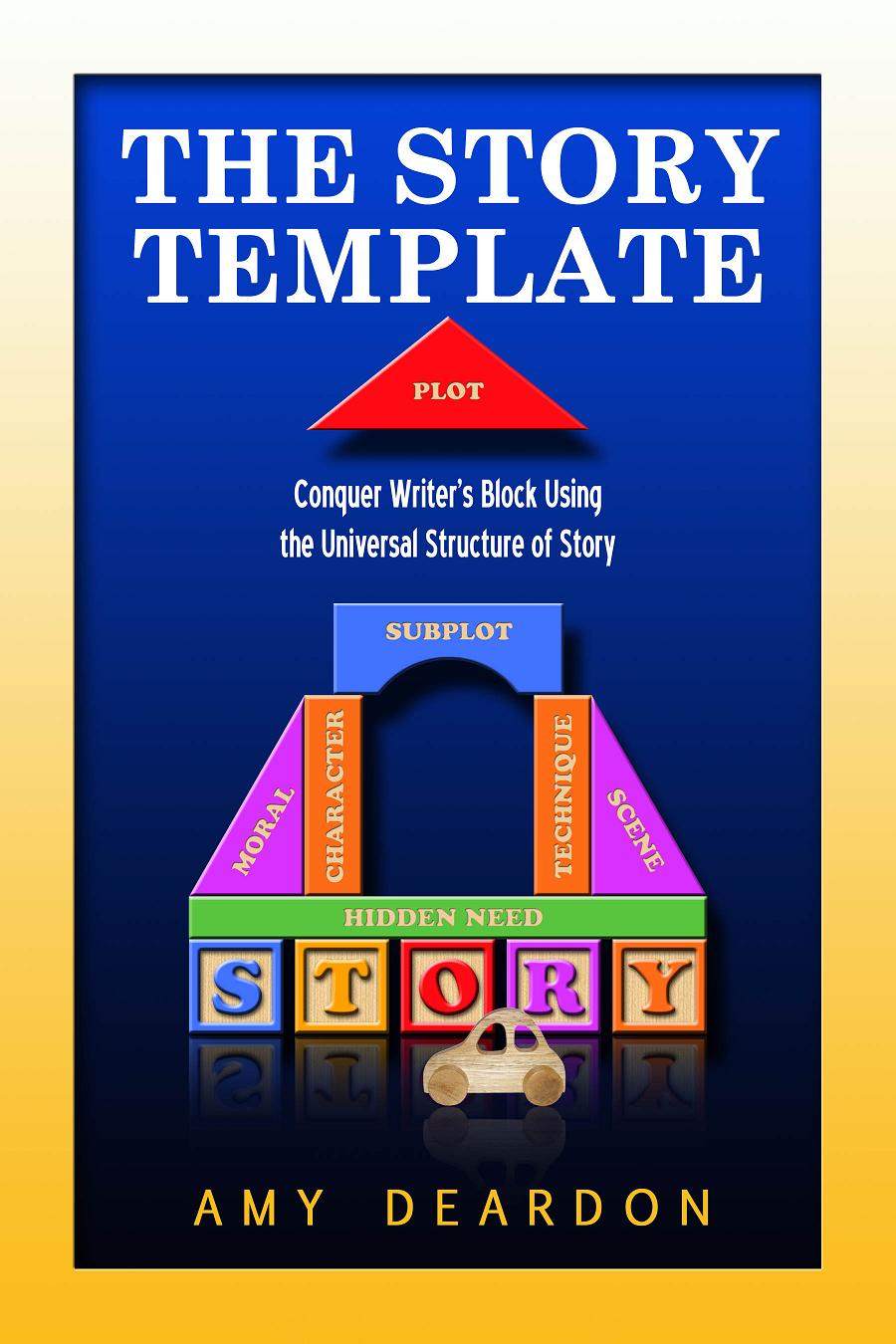 Let’s talk about The Story Template (Taegais Publishing, July 2011). Please tell us how you came to write it.
Let’s talk about The Story Template (Taegais Publishing, July 2011). Please tell us how you came to write it.
I had written many scientific articles and even a newspaper column in college, so when I turned my attention to fiction I was surprised by how difficult it was to get the words down. I finished my novel, but it took sheer grit over years and resulted in too many misguided pages thrown out. When I wanted to write a second novel, I decided instead to first determine if there were any “constants” in story or character development that could help.
Literature review was tantalizing but rudimentary at best for assembling a story. When I couldn’t find what I needed, I mapped out twenty or so modern novels and as many films by writing down each scene, timing or word-counting them, then charting the flow and proportions of each story. I compared the flows, then identified deep and deeper patterns in the structure of the story and characters.
Once I had my understanding of the consistent parts of story, I worked with students to help them develop their own stories, and thus refined my algorithm.
The Story Template is not a formula. I like to think of it as describing story ratios, in the same way that an artist uses physical ratios to draw a face: the features must be placed within narrow limits in order for the face to look “right,” but there are an infinite number of faces the artist can draw.
Can you give us an example of how your “method” works?
You need to work from bigger to smaller. The first task is to roughly envision your story, rather than the premise. For example, wanting to write something about a quirky character is a premise—but that character having a goal and taking actions to pursue it, along with obstacles, is a story.
You must identify the four story pillars—plot, character, story world, and moral—and determine what may happen in each pillar. Then you go into detail to develop and coordinate each one. The plot and character pillars each have a “template” or common path of development that rings true with the reader. For example, your protagonist *must* have a hidden need: an emotional deficit such as not being able to lead, or not being sensitive to others, or even just acquiring a love interest, that I found to my amazement was usually solved in the third quarter in a stereotyped sequence called the hidden need triplet. The entire Story Template algorithm isn’t difficult because you can work through it sequentially with one element at a time, but it takes some time because there are a number of elements to develop.
As a writing coach, what advice do you offer to those—young or older—who have just set out on their writing journey?
It’s going to take you longer than you think to write well enough that you attain an agent or publishing contract, but stick to it and you will. Don’t believe the “quick fix” method of self-publishing because you can’t gain the interest of an agent—if you’re being consistently rejected, there is more than likely a problem with the manuscript and/or your presentation. (By the way, there is nothing wrong with self-publishing, but you must be honest that your manuscript is truly ready to be published). Join a critique group, study as many writing books as you can, and write, write, write. You’ll make it if you persist.
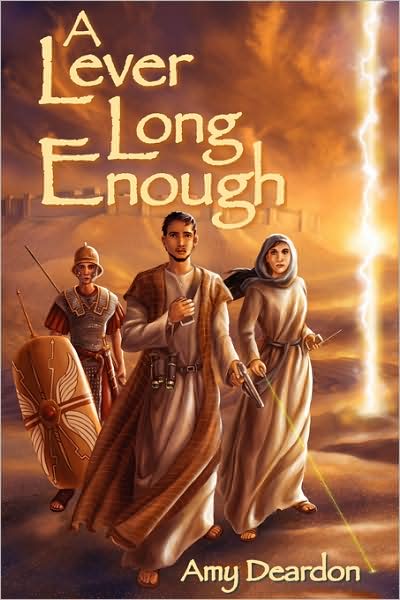 Your first book was Biblical fiction, a time travel story entitled A Lever Long Enough (Taegais Publishing, January 2009). Can you tell us a little about it?
Your first book was Biblical fiction, a time travel story entitled A Lever Long Enough (Taegais Publishing, January 2009). Can you tell us a little about it?
My first book is about a small military team that travels back in time to film the theft of Jesus’ body from the tomb. I came to my faith through studying the historic circumstances surrounding the death of Jesus, and when I had some time to devote to novel writing I wanted to write about just how compelling is the case for the resurrection. I had a lot of fun creating an adventure story to surround this premise—every time I got frustrated with life I thought up another bomb to throw at my characters. I’m honored to say that this book has won two awards.
A few fun questions…
When the words aren’t flowing—or when you want to celebrate if they are—what is your favorite comfort food and why?
I have a killer recipe for frosted brownies (the secret is Dutch-processed cocoa), but as I get older I have found that eating “sensibly” helps me feel better. When I’ve had a very good day, my husband will take me (and kiddos) out for dinner. My favorite items are a really good, gourmet salad with grilled chicken, and unsweetened peach or mango iced tea. Boring, eh?
This website features musicians as well as writers. Do you have musical, as well as literary, talent?
In college I played flute for weddings and graduations. However the most moving performance for me was playing at a Memorial service for a soldier killed in the Pentagon on 9/11. Between my solos I sat in a corner of the stage so I could watch the audience. It was wrenching to see so many people affected by this one life, and to multiply that by so many others killed during these attacks.
If you were a song, what kind of song would you be?
I’m not sure what I would BE. I like to listen to Praise songs.
Are you a major or a minor chord?
On the surface major—but if you listen carefully, there are pronounced minor tones. Most of the time people don’t listen.
In the story that is your life, are you the strong, female lead; the girl next door; the mysterious woman behind dark glasses; the super heroine; or the little girl trying to walk in high heels?
: ) I have learned to “be social” and enjoy meeting people and hearing their stories, but underneath I simply hide.
I’m a dog lover. Please tell us about your pets, if any, or your favorite pet as a child.
Oh Kathy, I just love dogs and so wish we could get one! Before children, my husband and I had a rescued greyhound who was the sweetest dog. She would climb in my lap or my husband’s lap when we were sitting on the couch. (She was not a little dog, either.) When she ran, her tail turned in a corkscrew and I always felt that she was laughing because there was such abandon in her gait. When she developed a thyroid tumor that blocked her airway we gladly spent our vacation money on her surgery, but sadly the tumor rapidly regrew and we had to put her down. It’s been long enough now that we could love another dog, but sadly circumstances prevent this, at least for now.
Thanks, Amy! It’s great to have you at DivineDetour!
~ ~ ~
For more information about Amy, visit her website at www.amydeardon.com and/or her blogs at http://amydeardon1.blogspot.com or http://thestorytemplate.blogspot.com.
To purchase The Story Template and/or A Lever Long Enough logon to:
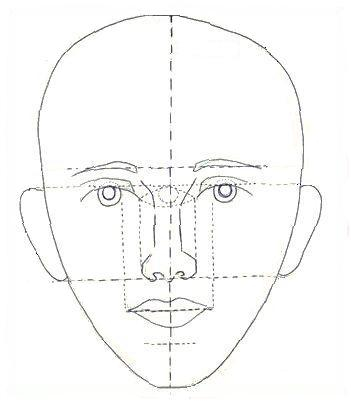
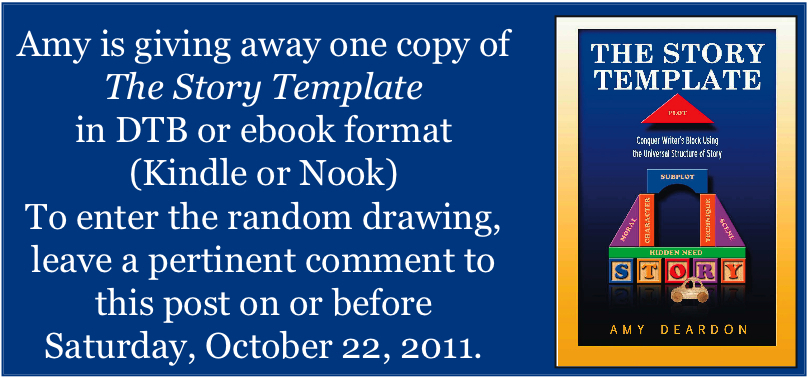
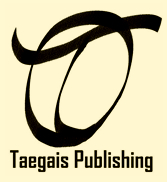
Kathy, thank you so much for such a great interview, and for allowing me to visit with your wonderful readers. I’d love to hear what people are working on.
Just a quick note: DTB stands for “dead tree book” — in other words a “real” book with a cover and paper pages. Good luck! Amy
Great to have you here, Amy!
Great interview, Amy and Kathy. I so love A Lever Long Enough. I have a copy of The Story Template, so if you draw my name, please give the book to someone else. TST is next on my craft of writing TBR list. Currently I’m working on a spec fic story that is exploring sacrificial love. Have a great day!
Wonderful interview, ladies! Congrats on the awards for LEVER–it’s an AWESOME book!
God Bless You Both!!
alice
Great interview. I am so intrigued by the analytical approach to writing. I write with a co-author (Aaron McCarver) and we have to have a pretty good outline before I can begin writing. I would love to win TST, but if I do not, I’ll probably purchase it because it sounds so helpful. Amy, I so identify with your childhood. I once went to a slumber party and spent the whole night in a closet with a flashlight and a book. Thanks for your insight. Thanks Kathy, for providing us a way to meet and interact with Amy.
Glad to have you, Diane!
Kathy
It’s 10:30 p.m. in Arizona. I hope I haven’t missed the deadline for the contest. I’d love to win Amy’s The Story Template. It sounds like just my kind of thing! 🙂
I am a seat-of-the-pants writer who is trying to get my brain wrapped around story structure.
I would love to win this book. I have it on my wish list at Amazon.com
This was great. I crave books on craft but might have thought this one was too technical for me (you used the word algorithm!). The interview convinced me this is one I need to have. The comparison to how an artist works with a face yet still has endless possibilities was a good point.
Thanks for sharing! Lori
What an interesting interview. I love the idea of an analytical approach to novel writing. I wrote the first draft of my first novel while participating in NaNoWriMo (National Novel Writing Month). 50,000 words in 30 days. I had absolutely no outline or idea where the story was going. It was fun to write and is basically a good story, but really lacks structure. It’s been sitting dormant for 2 years because I’m not sure how to fix it. The Story Template sounds like the perfect solution!
Your books sound quite interesting. I’d love to get them.
I recently received emails from NaNo (National Novel Writing Month) that November 1st was coming! I signed up last year and was able to successfully complete it only by faithfully writing 2000 words six days per week — didn’t understand how people wouldn’t write for a few days, then come in with 8-10,000 words over the weekend. My brain would fry.
Carol and Alice, thank you for your kind remarks with Leve.! You’ll be happy to hear I plan to design the sequel this next month, Lord willing.
Diane, did you feel, like I did, that it was hard to never fit in as a kid? Fortunately we adults can learn coping strategies 🙂
Ann, I wrote this book because I found it so difficult to write a novel through tactile methods — even when I surrounded myself with writing books. I could not find anything like this.
Sharon, through coaching students, I recognize there are many writing styles not one-size-fits-all. The students have found that the template can give as much or as little structure as they want — it simply helps them understand useful methods to pursue writing.
Lori, I so respect the artistic nature of the artist! Far be it from me to impose what you “must” do — template simply describes how to understand what you want to do, then use an approach that works for you.
Jan,congrats on NaNo! That is a great accomplishment — I’m so impressed.
Mary, wonderful to hear from you.
Kathy, thank you again for letting me visit. Your commenters sound like such great people! Good luck with your *AWARD-WINNING* writing!
Amy-cannot wait for Lever sequel!! Seriously CAN. NOT. WAIT!!
We just held the random drawing and commenter #10 (Jan!) is the winner of the book! Congrats, Jan. Amy and/or I will be in touch. Thanks to all who left comments.
Amy, like Carol, I can’t wait for the sequel to Lever!
Hope everyone has a good time writing this week.
Blessings,
Kathy
Wahoooo! Can’t wait to get my copy of The Story Template. It should be soooo helpful in editing my first draft and in invaluable in the planning of my next novel. Thanks a bunch!